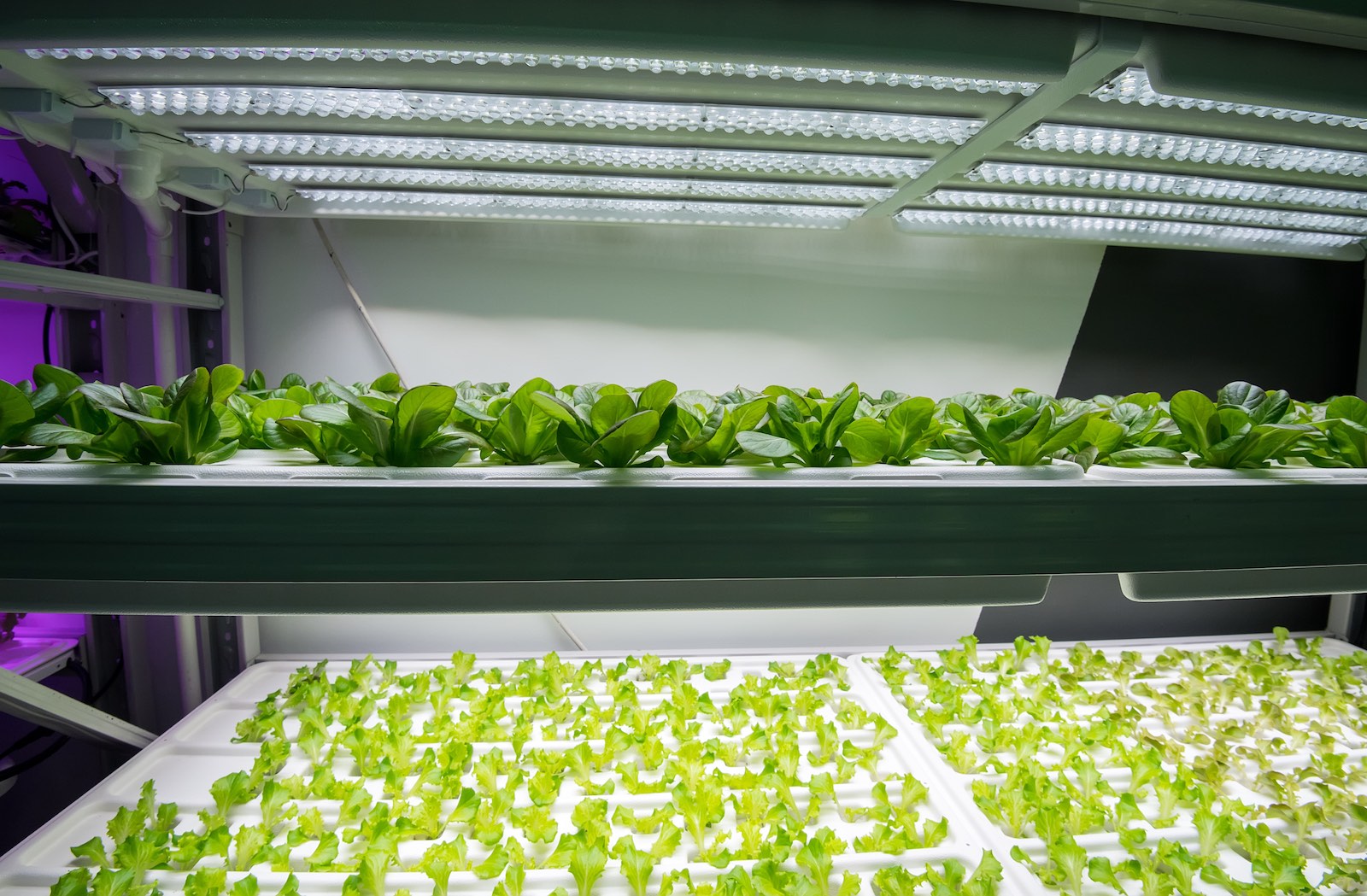"Population, when unchecked, increases in a geometric ratio, subsistence increases only in an arithmetic ratio,” wrote the famous 18th century British cleric and scholar Thomas Malthus in his Essay On the Principle of Population in 1798. In a more modern English he might have said - population grows exponentially but food production grows in a linear fashion, or in constant increments.
Malthus highlighted that, “a slight acquaintance with numbers will show the immensity of the first power in comparison to the second.” And he concluded that, “the race of plants and the race of animals shrink under this great restrictive law. And the race of man cannot, by any efforts of reason, escape from it.”
In the 183 years since Malthus’ death the human population of the world has grown by an estimated 750% or more. The rate of food production has also increased to match the human populations it serves. In those 183 years our society has urbanized, allowing more people to live on less land by building vertically - whereas farms have sprawled out across our rural areas.
As our population continues to grow, cities have begun encroaching on farmland, which itself has used almost all available space, creating the problem that Malthus elluded to. According to the FAO and NASA, over 80% of the land that is suitable for raising crops is already in use and some 15% of that has been laid waste by poor management practices. Positioned further from cities, transporting our produce also carries a heavy environmental cost. A radical solution is needed and one seems to be sprouting just on time.
As cities have evolved vertically to provide new space for more people, they can also look vertically to create urban food production solutions. As discussed in our article two weeks ago Vertical Farms: The Smart Buildings That Grow Food, we have reached a point with indoor environmental control technology that has made stacked urban farming a viable solution to our impending food crisis, in fact it may even be a big upgrade.
Vertical farming provides year round crop production, not subject to seasons and other natural cycles. They are not subject to weather events such as droughts and floods, nor do they worry about pests and diseases. They can provide food in extreme climates like in desert cities like Dubai and Arizona, or in cold infertile conditions like in Canadian or Northern European winters.

More than traditional farming, vertical methods provide a reliable source of food, much like cities have strived to achieve with power and water provision. In addition, all food is grown organically. No herbicides, pesticides or fertilizers are necessary in this controlled environment, leading to health advantages to the consumer.
Vertical farms conserve masses of land, one indoor acre of strawberries for example, is worth 30 acres outdoors. So in cities like Tokyo and Los Angeles, trapped between the mountains and the sea, they provide a local farming solution that would otherwise be impossible. Local farming dramatically reduces our use of fossil fuels, without the need for tractors, plows and shipping.
The proximity of vertical farms to outlets and consumers also reduces congestion in cities, meaning less pollution and traffic, creating health and economic benefits. Foods that do not need to be transported great distances need less packaging, cooling and chemicals to keep them fresh, also providing benefits for health and the environment. The increasing use of electric vehicles and the potential for drone deliveries could make these gains even greater.
Vertical farming fits perfectly with the ideals of the smart city; healthy, efficient, green and sustainable. As our smart cities strive to develop their power, water and transport infrastructures, they would be wise to consider their food system too.
A smart city can produce its own energy through distributed solar and wind power, it can collect, desalinate and recycle its water. Perhaps in the future, a truly smart city will be one that can also grow its own food.
[contact-form-7 id="3204" title="memoori-newsletter"]



